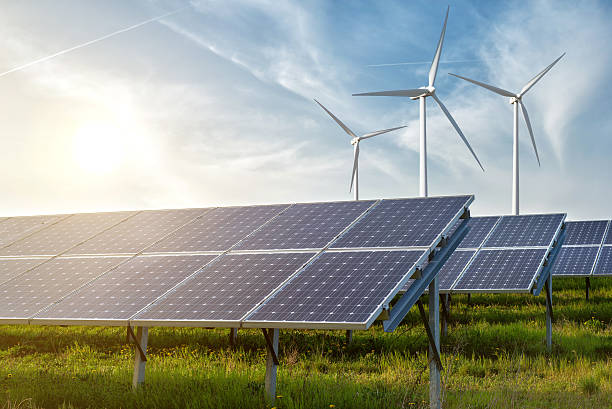
FAQ About Clean Energy
Clean Energy
2 years ago | gizem
What are the challenges of integrating clean energy into the grid?
Integrating clean energy into the grid presents several challenges that need to be addressed to ensure a stable, reliable, and efficient energy system. Some of the key challenges include:
- Intermittency and Variability: Renewable energy sources like solar and wind are intermittent and variable, depending on weather conditions and time of day. This variability can cause fluctuations in power supply, requiring grid operators to balance supply and demand effectively.
- Grid Balancing and Flexibility: As the share of renewable energy increases, grid operators must manage the balance between electricity generation and consumption in real-time. This requires flexible resources, energy storage, and demand response mechanisms to address fluctuations in clean energy output.
- Energy Storage: Efficient energy storage solutions are essential to store excess energy generated during peak periods and discharge it during times of low renewable output. Integrating large-scale energy storage systems into the grid is still a challenge, both from a technological and cost perspective.
- Grid Infrastructure Upgrades: Integrating clean energy sources often requires upgrading and modernizing the electricity grid to accommodate bidirectional power flows, handle varying voltages, and support distributed energy resources (DERs).
- Transmission Constraints: In some cases, the best renewable energy resources are located far from population centers. Building the necessary transmission infrastructure to transport clean energy from remote locations to urban areas can be expensive and face permitting challenges.
- Grid Stability and Frequency Control: The grid requires a stable and consistent frequency for proper functioning. Introducing a higher share of intermittent renewable energy can impact grid stability and necessitate advanced frequency control mechanisms.
- Regulatory and Policy Barriers: Inconsistent policies and regulatory frameworks can hinder the integration of clean energy into the grid. Clear and supportive policies are needed to encourage investment, provide market incentives, and facilitate grid integration.
- Market Design: Traditional electricity markets were designed around fossil fuel-based power plants with predictable output. Clean energy technologies, such as solar and wind, have different cost structures and operating characteristics, requiring adjustments to market design and pricing mechanisms.
